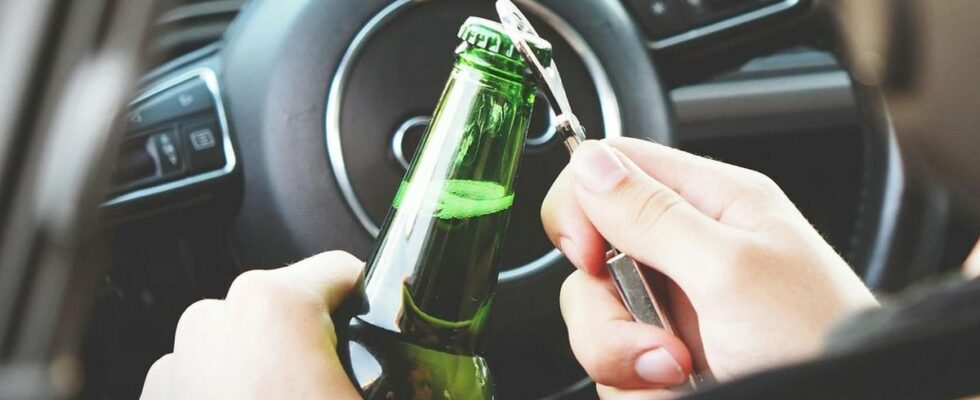Published on
Updated
Reading 1 min.
A team of Australian researchers has developed an intelligent system capable of detecting, via images provided by a camera, the level of drunkenness of motorists. Combined with surveillance cameras, this could make it a formidable tool for the authorities.
Researchers at Edith Cowan University (ECU) in Australia have developed eye-tracking technology that can detect drivers who are too drunk to drive safely using a simple camera. The technology uses machine learning to analyze facial features, head position, and eye gaze to determine their level of intoxication. It is the first solution to use a conventional RGB camera to detect alcohol intoxication levels based on signs of impairment on drivers’ faces.
To train their tool, these researchers used MiX by Powerfleet, a fleet management application that usually tracks driver behavior. The participants, divided into three levels of alcohol intoxication (sober, slightly intoxicated and seriously intoxicated) were recorded while they were driving on a simulator. These images then fed into the intelligent tool they developed.
The first tests have shown 75% accuracy in their behavioral analysis of drivers. Ultimately, this system could be integrated into road surveillance cameras, offering a fast and effective alternative to traditional checks for detecting drunk drivers.
The next step will be to define the level of image resolution needed to use this algorithm so that it is as reliable as possible. The lower the resolution, the wider its scope of action can be, particularly in law enforcement surveillance cameras. Because, if this technology could one day be used to unlock a car, such an approach could also be integrated into road cameras, in the same way that these cameras can now detect seat belt use or mobile phone use.
In Australia (as in France), excess alcohol is a factor in almost one in three fatal accidents.
